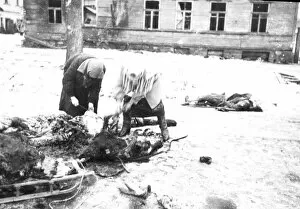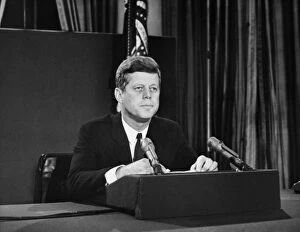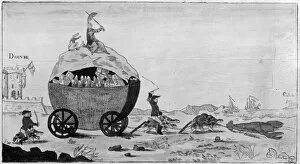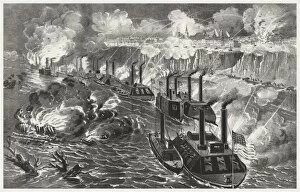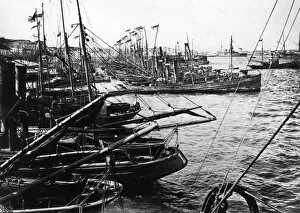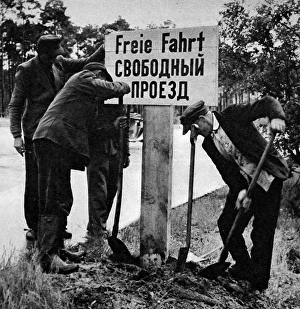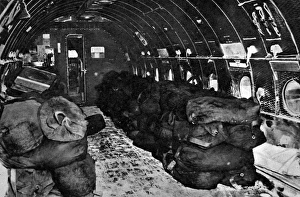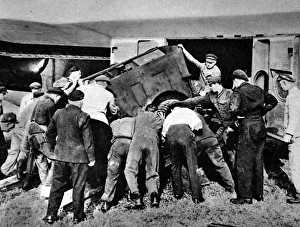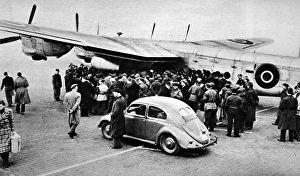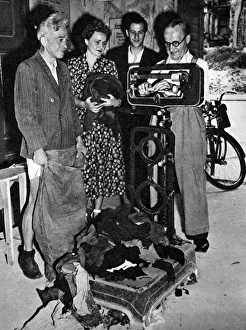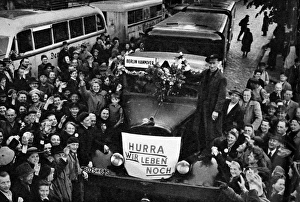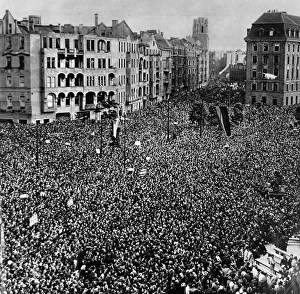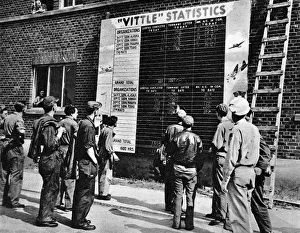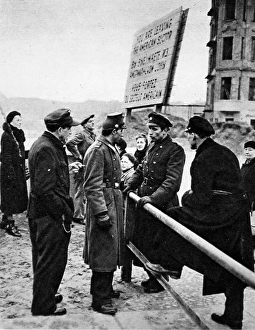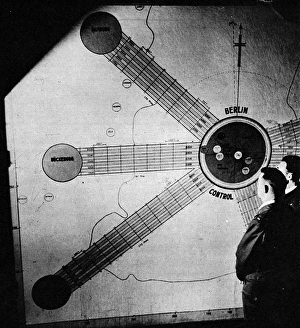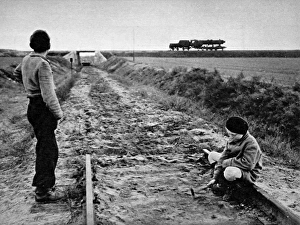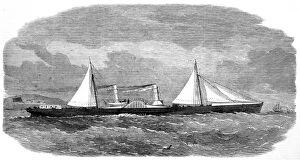Blockade Collection (page 7)
"From the Cuban Missile Crisis to the Civil War: Unveiling the Power of Blockade" The USS Terrebonne Parish (LST-1156) tank landing ship docks at Windmill Beach
All Professionally Made to Order for Quick Shipping
"From the Cuban Missile Crisis to the Civil War: Unveiling the Power of Blockade" The USS Terrebonne Parish (LST-1156) tank landing ship docks at Windmill Beach, Guantanamo Bay, Cuba, during the Cuban Missile Crisis on 2 November 1962. A powerful blockade stands as a symbol of strength and determination. In Vicksburg, 1863, Admiral David Porter's fleet bombards the Confederate blockade on the Mississippi River. Currier and Ives capture this intense moment in their lithograph - a testament to perseverance in times of war. Wunstorf Airfield near Hanover witnesses an air blockade in 1948. As tensions rise, strategic locations become battlegrounds where control over airspace can make or break military operations. The National Stadium, Beijing Olympic venue in 2008 showcases China's grandeur amidst global unity. This architectural marvel stands tall against any potential blockades that may hinder peaceful sporting events. From Gibraltar to HMS Diomede and Willis & Son newsagents in East London - blockades come in various forms throughout history; some physical barriers while others are economic or political challenges that must be overcome. HMS Escort and HMS Usk exemplify naval power as Yarrow-type destroyers used by Royal Navy during critical moments when blockades threatened maritime security. Cooling Buoys chillingly ice up Gulf Stream waters with one goal: to weaken enemy forces through nature's elements – showcasing innovative tactics employed during conflicts involving maritime blockades. The Roman Empire's army officers review their troops with precision and authority - demonstrating how effective leadership can create impenetrable lines against external threats even without explicit mention of a "blockade. " American cartoonist D. R Fitzpatrick captures Berlin's struggle between Western powers and Russian attempts to drive them out without resorting to outright war. The cartoon raises the question: "How to Close the Gap.










